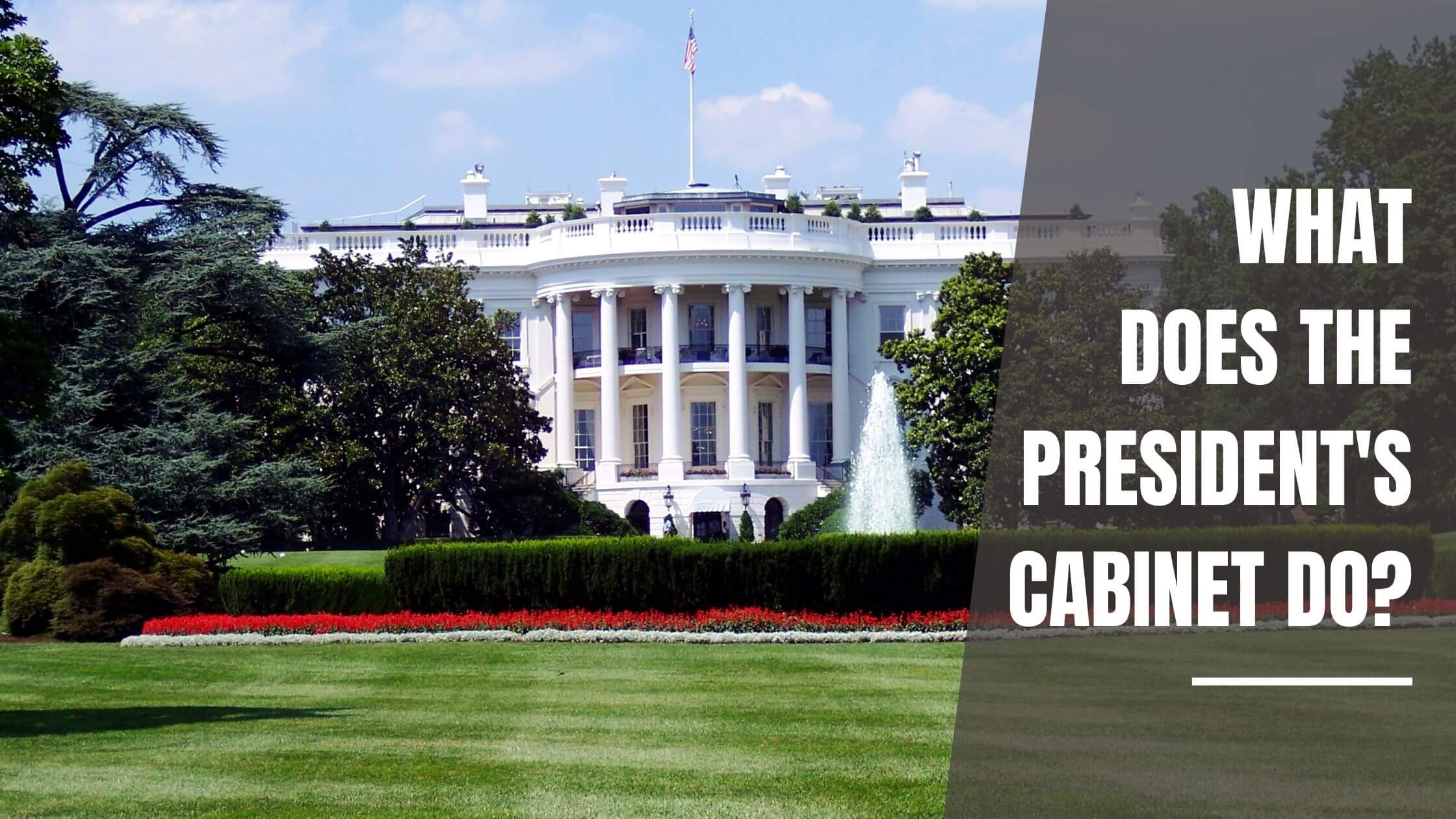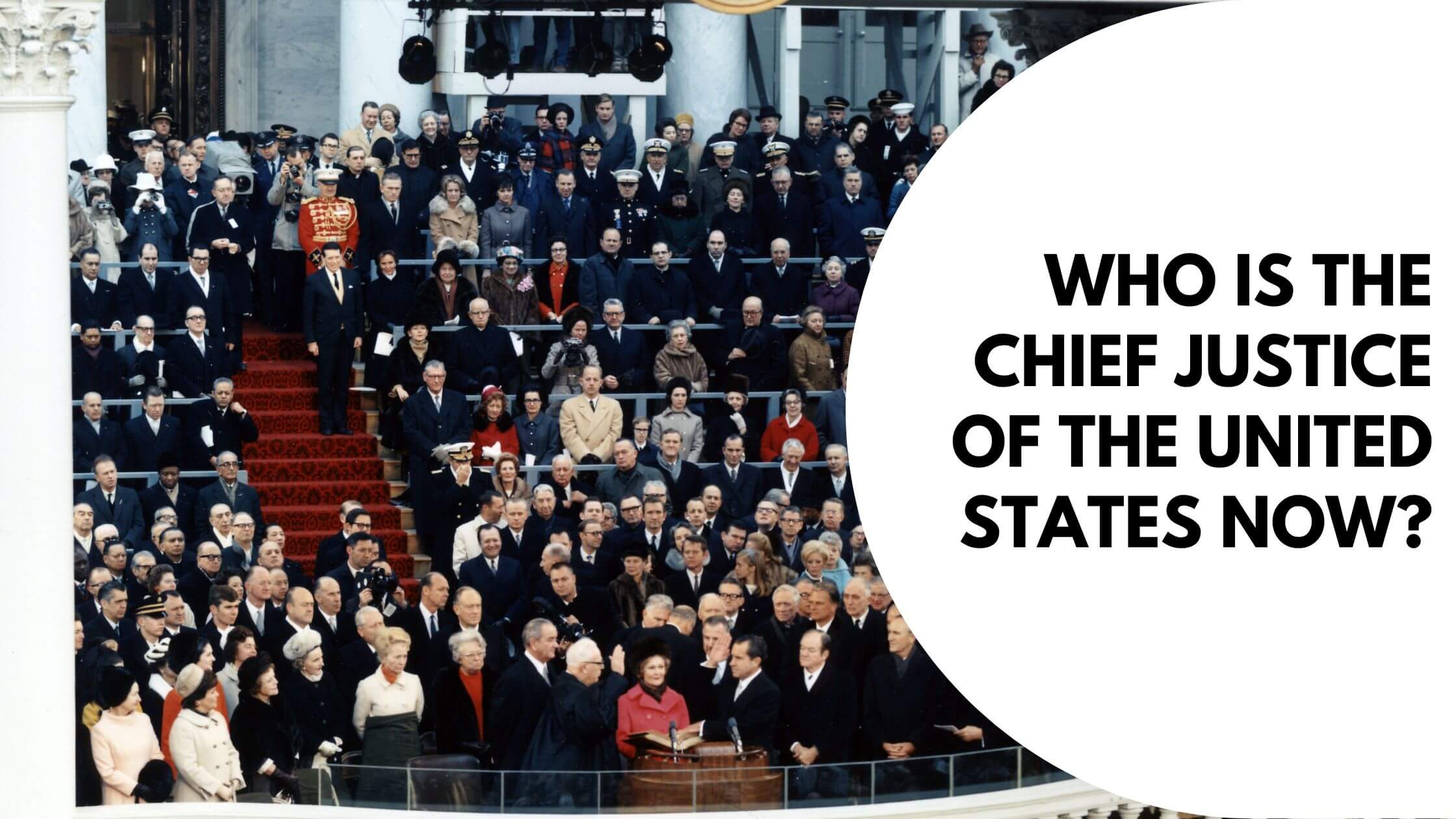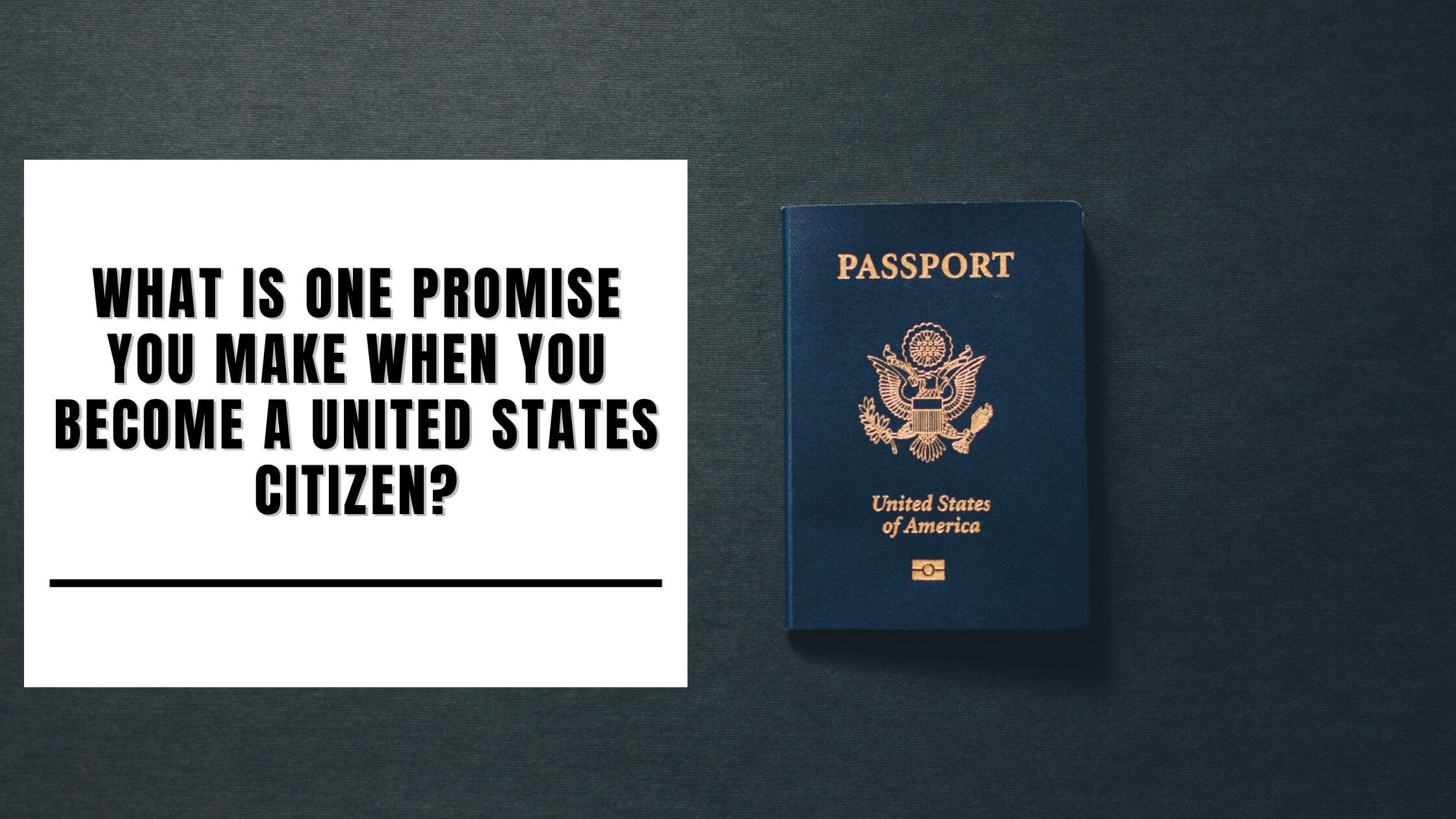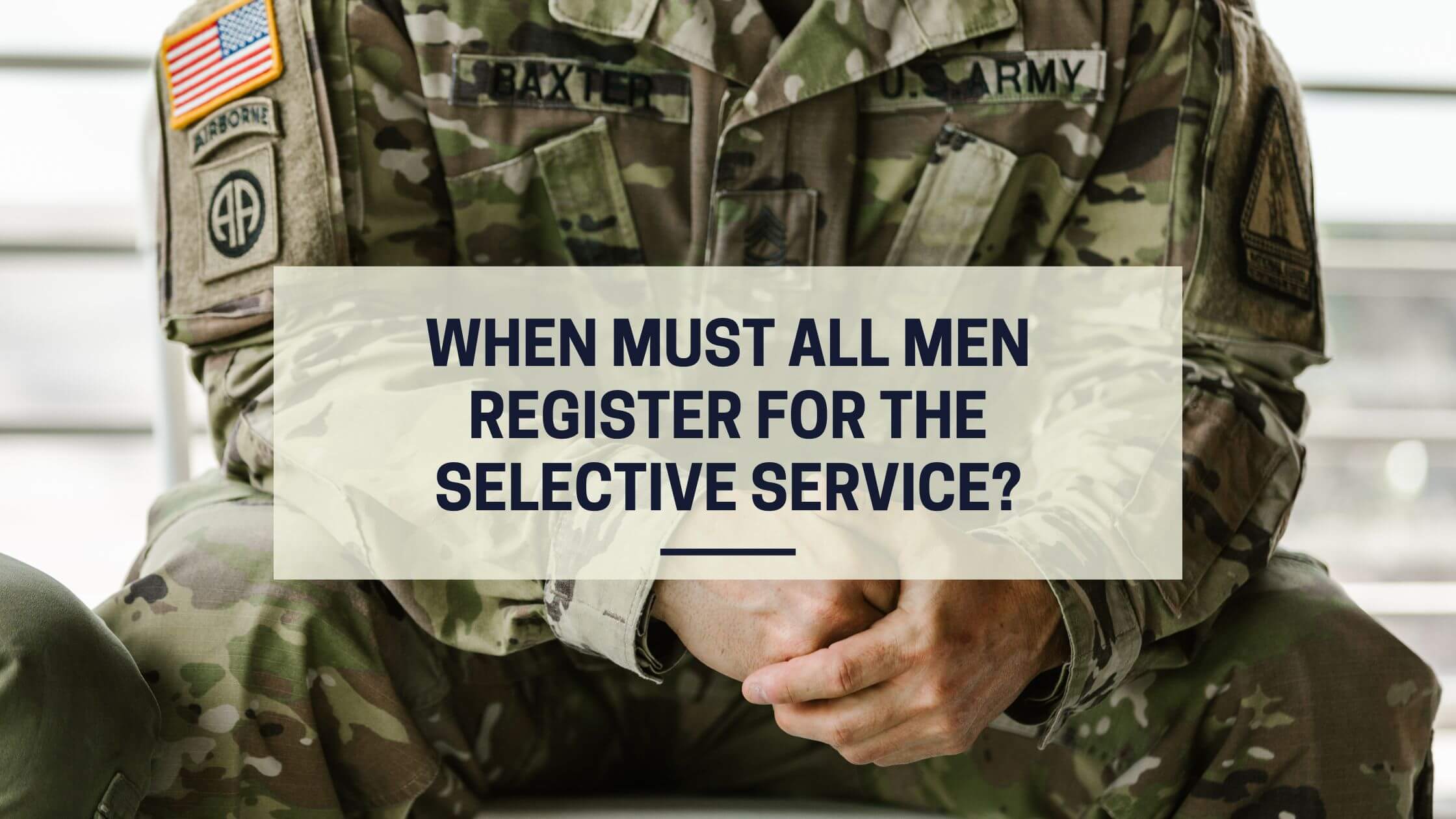Table of Contents
ToggleSources
- https://www.archives.gov/founding-docs/constitution-transcript
The National Archives provides the official transcript of the U.S. Constitution, which is the primary source for understanding the separation of powers and checks and balances as outlined in the blog post. - https://www.law.cornell.edu/wex/separation_of_powers
Cornell Law School's Legal Information Institute offers a detailed explanation of the separation of powers doctrine, which directly supports the discussion on how different branches of government are structured and limited. - https://www.usa.gov/branches-of-government
USA.gov is an authoritative government website that provides an overview of the three branches of government, their roles, and how they interact, which aligns with the blog post's content on checks and balances. - https://www.supremecourt.gov/about/constitutional.aspx
The official Supreme Court website explains the Court's role in interpreting the Constitution and its interactions with other branches, relevant to the judicial branch's powers and checks discussed in the post. - https://www.senate.gov/civics/constitution_item/constitution.htm
The U.S. Senate's official website provides resources on the Constitution, including details on legislative powers and checks, which supports the blog post's discussion on the legislative branch's role and limitations.
Key Points
- The US Constitution limits governmental power through separation of powers and checks and balances.
- Three branches of government—legislative, executive, and judicial—each have distinct roles and responsibilities.
- The legislative branch (Congress) makes laws, controls the budget, and confirms presidential appointments.
- The executive branch (President) enforces laws, commands the military, and can veto legislation.
- The judicial branch (Supreme Court) interprets laws and the Constitution, with the power to declare laws or executive actions unconstitutional.
- Checks and balances prevent any one branch from becoming too powerful, such as Congress overriding a presidential veto with a two-thirds vote.
- The House can impeach officials, while the Senate holds trials for removal, requiring a two-thirds majority.
- The President has term limits (two four-year terms) and cannot declare war without Congressional approval.
- Judges serve for life unless impeached and removed, ensuring independence from political pressures.
- The system ensures accountability and prevents abuse of power by any single branch of government.
Summary
The US Constitution limits governmental power through separation of powers and checks and balances, dividing authority among the executive, legislative, and judicial branches to prevent any one branch from dominating. Each branch has distinct roles—lawmaking, enforcement, and interpretation—along with mechanisms to oversee and restrain the others, such as presidential vetoes, congressional impeachment, and judicial review. These systems ensure accountability and prevent abuse of power while maintaining a balance of authority.
What limits the power of one branch of the government?
Answer:
Separation of powers and checks and balances.
Limiting Governmental Power – Separation of Powers/Checks and Balances
The US Constitution is one of the most successful constitutions in the world, governing American democracy for nearly 250 years. Its success is rooted in its ability to effectively limit governmental power through two critical concepts, separation of powers and checks and balances.
These related concepts prevent one branch of government from exerting too much influence over the other branches and abusing its power.
Separation of Powers
Throughout much of human history, monarchs exerted absolute authority over their subjects, essentially functioning as judge, jury, and executioner in all matters of law and governance.
The Founding Fathers of the United States sought to establish a government where separate branches were responsible for different aspects of authority. Diversified power among multiple branches of government would reduce opportunities for an individual or branch of government to abuse its power.
The United States Constitution establishes three branches of government, the executive, legislative, and judicial, each with different roles and responsibilities.
The legislative branch is responsible for writing the law, the executive branch is charged with enforcing the law, and the judicial branch interprets the law.
Each branch is strictly prohibited from usurping another’s authority and is limited to its designated area of responsibility.
| Branch of Government | Powers | Checks and Balances |
|---|---|---|
| Legislative (Congress) | Makes laws, controls federal budget, confirms presidential appointments | President can veto laws, Supreme Court can declare laws unconstitutional, Congress can override presidential veto with a two-thirds vote |
| Executive (President) | Enforces laws, makes foreign policy, commands military | Congress can impeach and remove the President, Senate must approve treaties and presidential appointments, Supreme Court can declare executive actions unconstitutional |
| Judicial (Supreme Court and other federal courts) | Interprets the Constitution and laws, decides cases involving federal law | President appoints federal judges, Senate must confirm appointments, Congress can impeach and remove judges, Executive branch must enforce court decisions |
Separation of Powers – Legislative Branch
The legislative branch is given the highest number of responsibilities, reflecting the Founding Fathers’ aversion to autocratic rule in their previous experiences with King George III.
It is organized as a bicameral legislature, with a House of Representatives where membership is apportioned by a state’s population, and a Senate, where every state gets two members.
Both houses of Congress are given the authority to write and pass laws and to develop rules and regulations for their proceedings.
The House of Representatives has the sole authority to draft any legislation relating to revenue or taxes, but the Senate can attach amendments to these bills.
Congress boasts several powers, including the authority to tax, borrow money, regulate all foreign and interstate commerce, coin money, and establish all rules regarding immigration.
They are given oversight over creating a postal system and roads while also promoting science and the arts through copyright regulations.

Get Smarter on US News, History, and the Constitution
Join the thousands of fellow patriots who rely on our 5-minute newsletter to stay informed on the key events and trends that shaped our nation's past and continue to shape its present.
Congress also has the responsibility of creating a federal court system apart from the Supreme Court as needed, although it will always be inferior to the Supreme Court.
They are also authorized to raise and finance armed forces and establish rules and regulations for their operation. While the executive branch leads the armed forces, only Congress can declare war.
Separation of Powers – Executive Branch
The executive branch is led by a president, who serves a four-year term, and a vice president. The president is designated as commander-in-chief of the armed forces, making them the de facto leader of the military in all wars against foreign nations.
While the president is not given the same power to draft legislation as the legislative branch, they have a presidential veto on legislation proposed by the legislative branch, with a two-thirds vote by both houses of Congress required to overturn the veto.
The president has the power to enter into treaties with foreign nations with the consent of two-thirds of the Senate and is designated the authority to appoint ambassadors and other public ministers with the input of the Senate. They are also responsible for nominating Supreme Court justices and other judges on lower courts as needed.
The president can also fill any vacancies for any public officials that occur when the Senate is in recess, whose terms will expire at the end of the next congressional session.
Separation of Powers – Judicial Branch
The only specific body created by the US Constitution for the judicial branch is the Supreme Court, the final authority on all legal matters arising from under the constitution. Additional courts can also be established by Congress and the Supreme Court but will always be under the Supreme Court’s purview.
The Supreme Court has original jurisdiction for all legal cases involving ambassadors and public ministers, and the chief justice of the Supreme Court presides over any legal case arising from impeachment.
Checks and Balances
Although establishing separate responsibilities for different branches of the United States government is an effective deterrent to governmental overreach, the Founding Fathers also recognized the value of establishing a system of checks and balances between the branches themselves.
Checks and balances occur within and between the legislative, executive, and judicial branches. They effectively prevent one branch from exerting too much influence over another branch while also providing an effective oversight system to hold the branches accountable to the American people.
Checks and Balances – Legislative
Members of the House of Representatives are elected every two years, while members of the Senate are elected every six years. Although there are no term limits placed on the members themselves, the relatively short period of service in a single term before another election is an effective safeguard against corruption.
Members know that voters will hold them accountable at the next national election and must do everything they can to serve effectively.
The House of Representatives has the authority to impeach governmental officials, including the president, while the Senate is responsible for holding the trial of the impeached individual.
Although a simple majority is required to impeach, a two-thirds majority vote by the Senate is required to remove the individual from office. The two-thirds requirement effectively prevents one political party from removing a president from an opposing political party, requiring a consensus across all partisan channels.
Checks and Balances – Executive
The president is the only governmental position with a specific term limit imposed on it, restricted to only serving for two, four-year terms. Although the president can veto legislation, a two-thirds majority vote can overturn his veto, preventing them from imposing radical views apart from the interests of Congress and the country in general. He is given authority over the armed forces, a very powerful designation, but cannot command forces apart from a declaration of war from Congress.
Checks and Balances – Judicial
Unlike the legislative and executive branches, no specific term details are provided for judges. Judges can serve indefinitely once appointed, as long as they hold their office in good behavior. They can, however, be impeached by the House of Representatives and tried by the Senate, where a two-thirds vote can remove them from office.
Judges also cannot be elected and only receive their office from an appointment by the executive branch. The legislative branch can specifically create any additional judges and court systems apart from the Supreme Court.
What Stops One Branch of Government From Becoming too Powerful? Quiz
Frequently Asked Questions
What are the two critical concepts in the US Constitution that limit governmental power?
What are the three branches of the US government and their primary responsibilities?
How does the system of checks and balances work between the legislative and executive branches?
What role does the judicial branch play in checks and balances?
Why did the Founding Fathers implement term limits for the president but not for judges?
How useful was this post?
Click on a star to rate it!
Average rating / 5. Vote count:
No votes so far! Be the first to rate this post.
We are sorry that this post was not useful for you!
Let us improve this post!
Tell us how we can improve this post?







